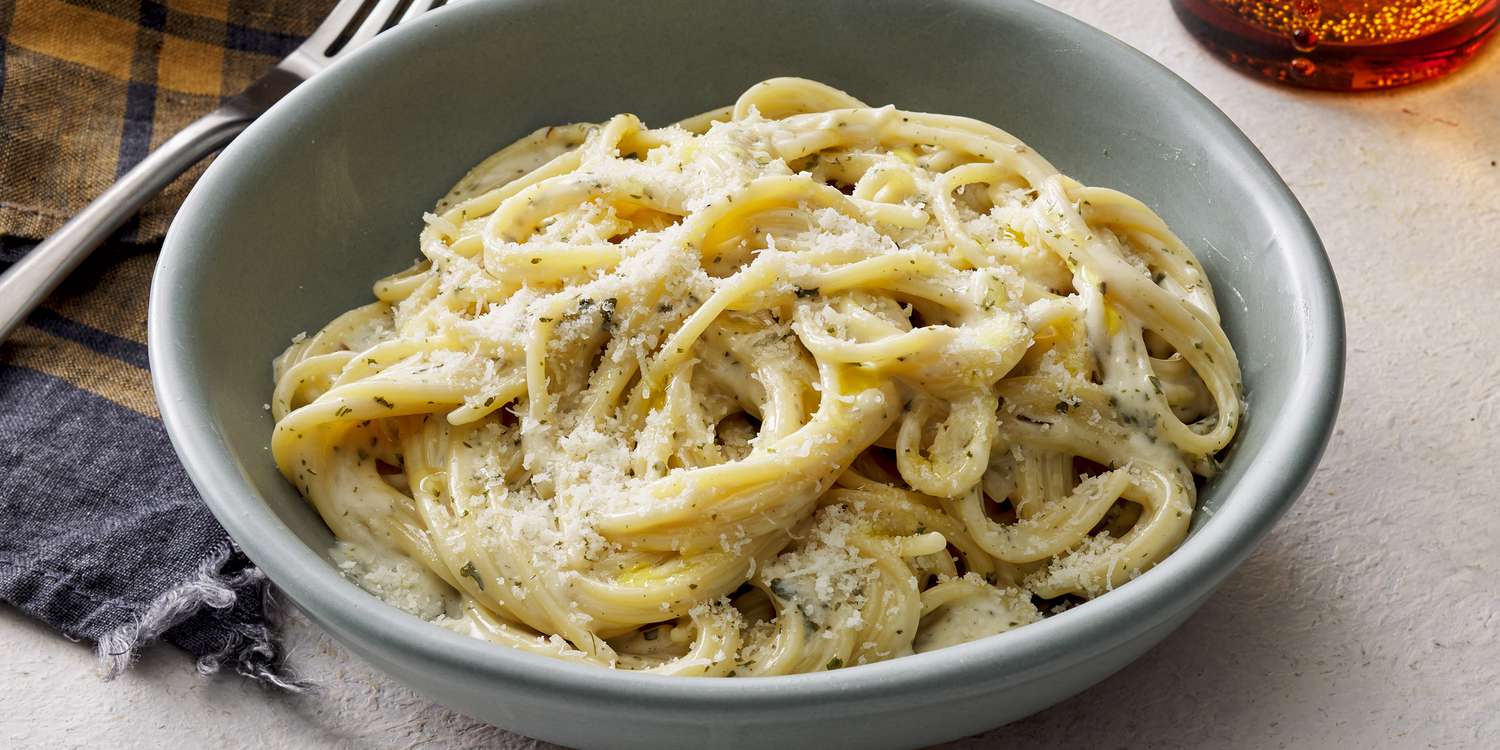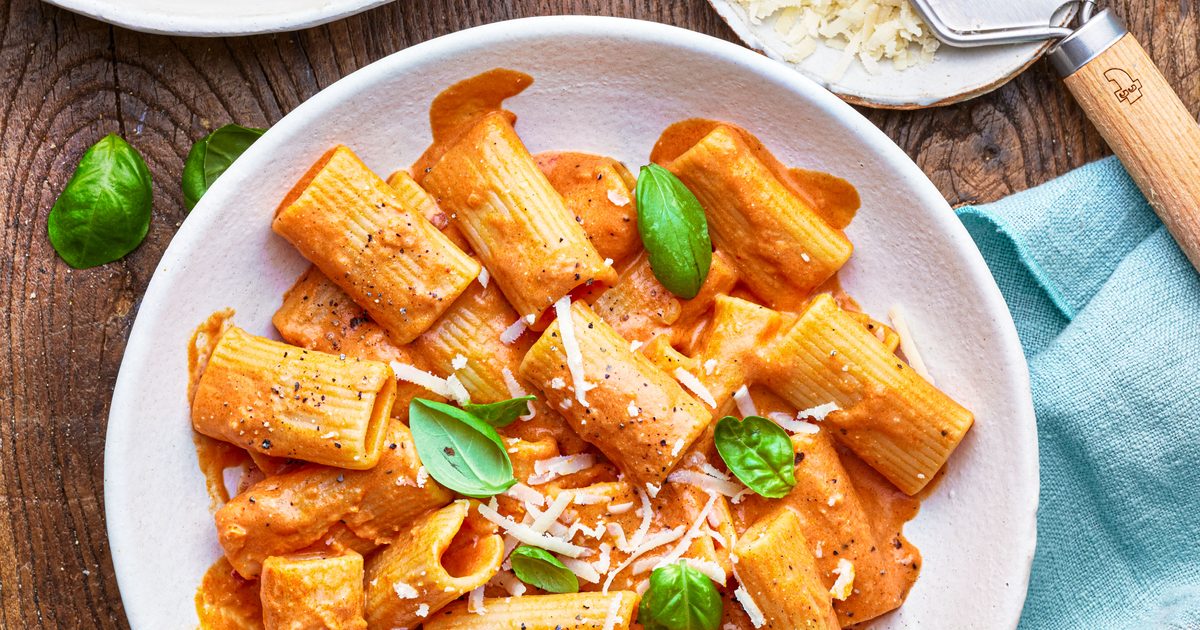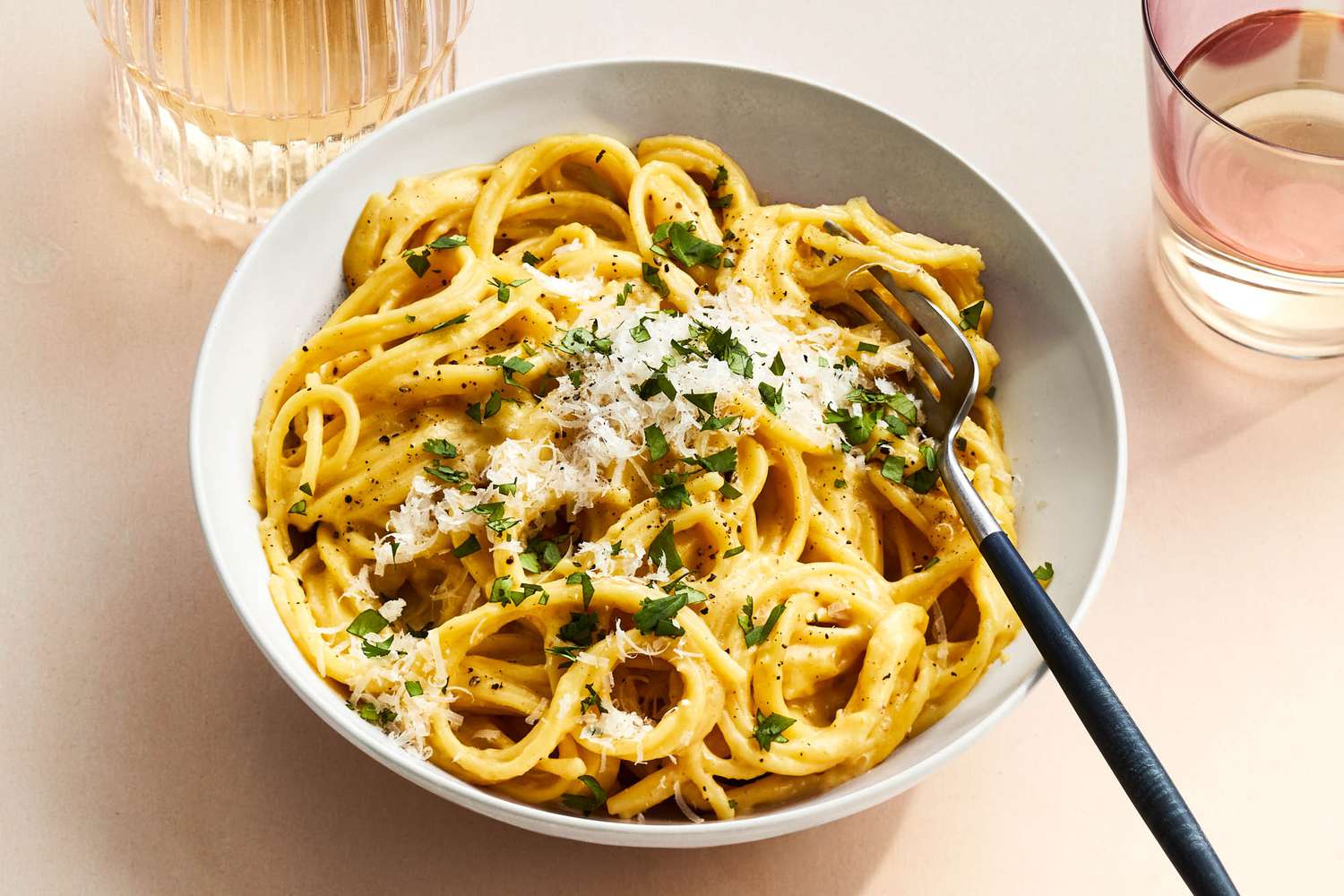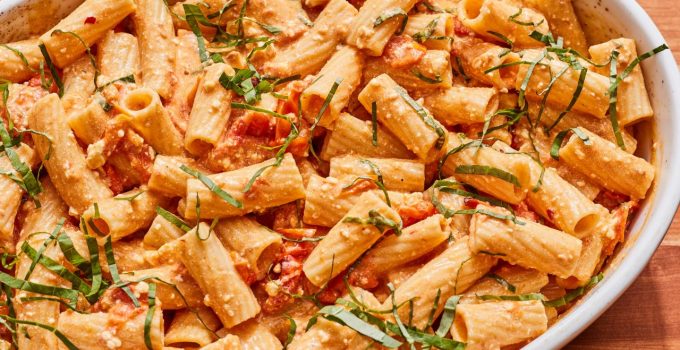Pasta, a beloved culinary staple, holds a special place in kitchens around the world. From humble beginnings in Italy to becoming a global sensation, pasta’s journey through history is as rich and varied as the dishes it inspires. This article delves into the origins, cultural significance, types, and modern adaptations of pasta, illustrating why this simple yet versatile food continues to capture the hearts and palates of people everywhere
Historical Origins Pasta

The history of pasta is a tale of cultural exchange and innovation. While it is widely associated with Italian cuisine, pasta’s origins are somewhat murky and the subject of much debate among historians. Some believe that pasta was brought to Italy from China by Marco Polo in the 13th century, but there is evidence suggesting that pasta existed in Italy long before Polo’s travels. In fact, ancient Etruscan and Roman civilizations consumed a similar food made from durum wheat.
One of the earliest documented references to pasta in Italy comes from the 9th century, when the Arab geographer Idrisi noted that the people of Sicily were making a dish from flour that they called “itriyya.” By the 12th century, pasta production had spread throughout the Italian peninsula, and pasta was becoming an integral part of the Italian diet.
Cultural Significance in Italy
In Italy, pasta is not just food; it is a cultural symbol, a source of national pride, and an essential element of daily life. Each region in Italy boasts its own unique pasta shapes and traditional dishes, reflecting the local ingredients and culinary traditions. For example, in Naples, spaghetti with tomato sauce is a beloved classic, while in Bologna, tagliatelle with rich, meaty Bolognese sauce (ragù) reigns supreme.
Pasta also plays a central role in Italian celebrations and gatherings. Family meals, festive occasions, and holidays often feature elaborate pasta dishes prepared with care and tradition. The process of making pasta from scratch, particularly in rural areas, is a communal activity that brings families and communities together.
Varieties of Pasta

The sheer variety of pasta shapes and types is astonishing, with over 600 distinct forms cataloged. Each shape has its own characteristics, suited to different sauces and cooking methods. Some of the most popular types include:
- Spaghetti: Long, thin, and cylindrical, spaghetti is perhaps the most iconic pasta shape. It pairs well with a wide range of sauces, from simple tomato sauce to more complex seafood or meat-based sauces.
- Penne: Short, tube-shaped pasta with ridges, penne is perfect for holding onto chunky sauces and is often used in baked pasta dishes like penne al forno.
- Fettuccine: Flat and thick, fettuccine is ideal for creamy sauces like Alfredo, which cling to its broad surface.
- Ravioli: Square or round pasta pillows filled with various ingredients, from cheese and spinach to meat and mushrooms. Ravioli are typically served with a light sauce or in a broth.
- Fusilli: Spiral-shaped pasta that holds sauces well, making it a versatile choice for both hot and cold dishes.
- Linguine: Similar to spaghetti but slightly flatter, linguine is traditionally paired with seafood sauces, such as clam sauce.
Modern Adaptations and Global Influence
Pasta’s global popularity has led to countless adaptations and fusion dishes. In the United States, Italian-American cuisine has given rise to classics like spaghetti and meatballs, a dish rarely found in Italy. In Japan, wafu pasta incorporates Japanese ingredients like soy sauce, seaweed, and seafood, creating a unique fusion of Italian and Japanese flavors.
The versatility of pasta makes it a canvas for culinary creativity. Chefs around the world experiment with new ingredients and techniques, producing innovative dishes that blend traditional and contemporary elements. For instance, black squid ink pasta, made by adding squid ink to the dough, has gained popularity for its striking color and subtle seafood flavor.
Health and Nutritional Aspects
Pasta can be a nutritious part of a balanced diet when consumed in moderation and paired with healthy ingredients. Traditional pasta is made from durum wheat semolina, which is high in protein and gluten, giving pasta its firm texture. Whole wheat pasta, which retains more of the wheat grain’s natural nutrients, is a healthier option that provides additional fiber and vitamins.
In recent years, the demand for gluten-free pasta has grown, catering to those with gluten sensitivities or celiac disease. Gluten-free pasta is made from alternative flours such as rice, corn, quinoa, and chickpea. These variations offer diverse flavors and textures while accommodating dietary restrictions.
Cooking and Serving Pasta

Cooking pasta to perfection requires attention to detail and a few key techniques. The most important rule is to cook pasta “al dente,” which means “to the tooth” in Italian. This refers to pasta that is tender but still firm to bite. Overcooked pasta becomes mushy and loses its desirable texture.
The ratio of water to pasta is crucial; a large pot with plenty of boiling water ensures the pasta cooks evenly and prevents sticking. Adding a pinch of salt to the water enhances the pasta’s flavor. Once cooked, pasta should be drained and combined with sauce immediately to absorb the flavors.
Pairing pasta with the right sauce is an art form in itself. Light, oil-based sauces zeusslot like aglio e olio (garlic and oil) are best suited for thin pasta like spaghetti, while thick, creamy sauces complement broader shapes like fettuccine. Meat sauces and hearty vegetable ragùs work well with ridged pasta like rigatoni or penne, which can hold onto the sauce.
Pasta in Contemporary Cuisine
Today, pasta continues to evolve as chefs and home cooks experiment with new ingredients and techniques. The farm-to-table movement has inspired many to create fresh, homemade pasta using locally sourced ingredients. Artisan pasta makers are reviving traditional methods and producing high-quality, small-batch pasta with unique flavors and textures.
In addition, sustainability and environmental consciousness are influencing pasta production and consumption. Plant-based and alternative protein pasta, made from ingredients like lentils, peas, and chickpeas, offer nutritious options with a lower environmental footprint.
Conclusion
Pasta’s enduring appeal lies in its versatility, simplicity, and ability to bring people together. From its ancient origins to its modern adaptations, pasta remains a beloved culinary staple that transcends cultural and geographical boundaries. Whether enjoyed in a traditional Italian setting or as part of a contemporary fusion dish, pasta continues to inspire and delight food lovers around the world.
Read More Article About “Danish Pastry: Irresistible Delights That Elevate Your Senses“




